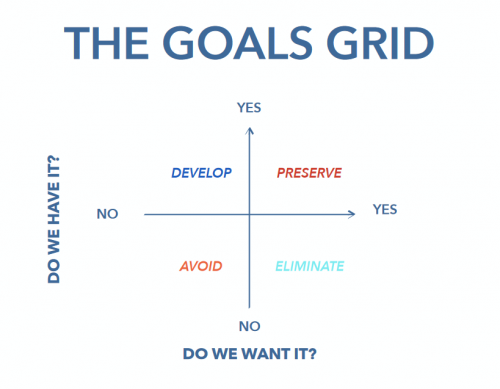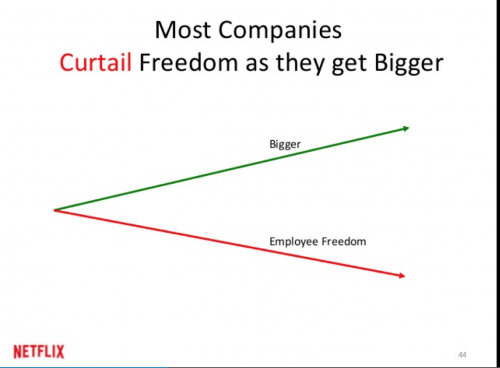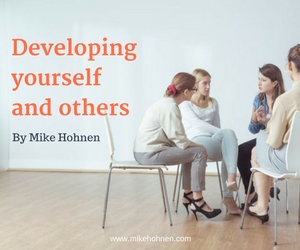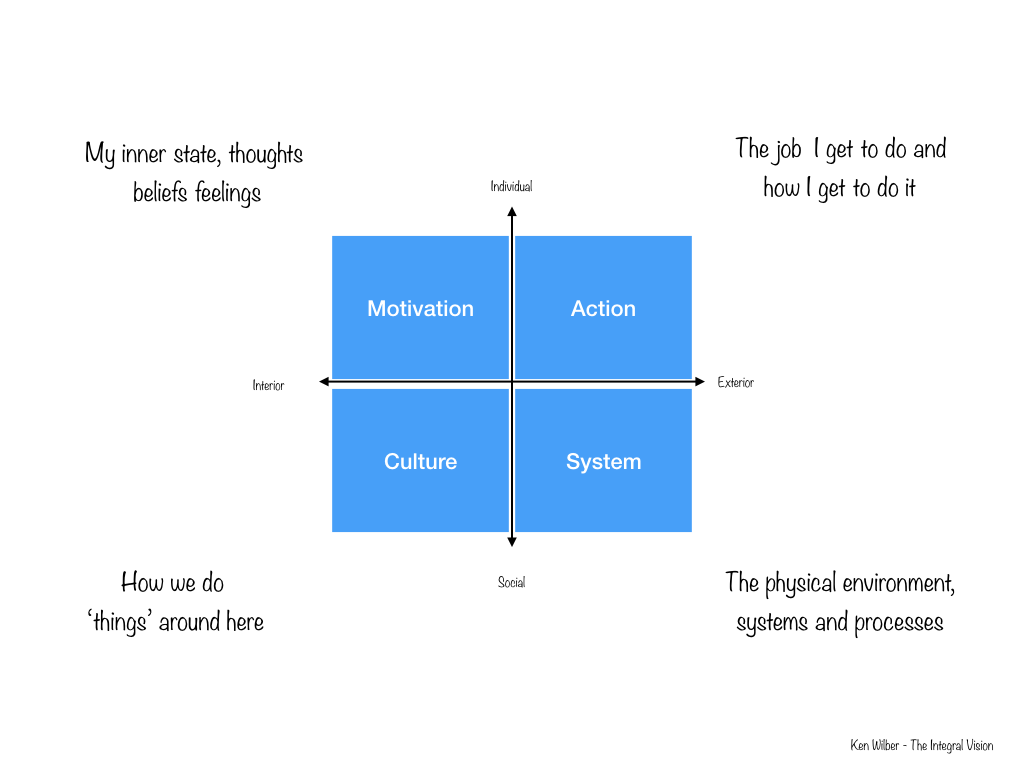 “The problem is that leaders think they’re supposed to be courageous in facing the outside world, whereas what is so profoundly transformative is the courage to look at yourself.
“The problem is that leaders think they’re supposed to be courageous in facing the outside world, whereas what is so profoundly transformative is the courage to look at yourself.
It’s the courage to not give up on yourself, even though you do see your aggression, jealousy, meanness, and so on.
And it turns out that in facing these things, we develop not self-denigration but compassion for our shared humanity.”
Pema Chödrön en dialogue avec Margaret Wheatley.
My friend Pierre Goirand posted this and I love it







 Often teams say to me: “We need to change the culture around here.” And they often have a point, because toxic cultures are very powerful and can often destroy all sort of great initiatives – and as we have seen in a previous post, culture is a huge part of engagement. But it also easily becomes a fluffy excuse for not doing anything. It’s another drama triangle where the big villain is the culture and we are just the victims of this culture. “Well you know, that is just the culture around here. There’s not much we can do about it.”
Often teams say to me: “We need to change the culture around here.” And they often have a point, because toxic cultures are very powerful and can often destroy all sort of great initiatives – and as we have seen in a previous post, culture is a huge part of engagement. But it also easily becomes a fluffy excuse for not doing anything. It’s another drama triangle where the big villain is the culture and we are just the victims of this culture. “Well you know, that is just the culture around here. There’s not much we can do about it.”